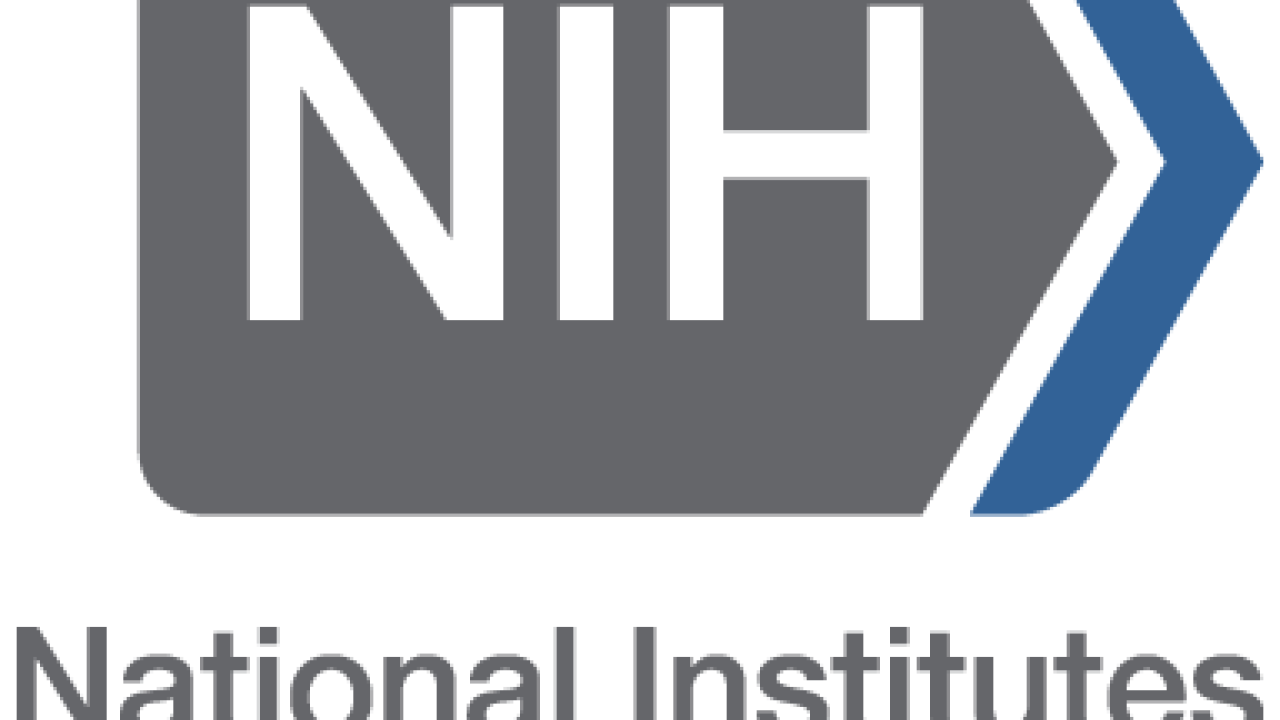
UC San Francisco received more than $560.4 million in highly competitive funding from the National Institutes of Health in 2015 to advance our research across our schools of dentistry, medicine, nursing, pharmacy and the Graduate Division.
Behind each grant and contract are researchers working to advance scientific discovery and push toward better treatments and cures for patients.
Below are highlights of some researchers who received the most funding and how their NIH grants can change the future of health.
School of Medicine
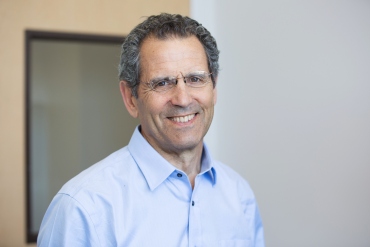
1. Diane Havlir, $16,928,237
2. Donald Easton, $7,772,710
3. Stanton Glantz, $6,185,344
4. Dean Sheppard, $6,017,886
5. Steven Deeks, $5,918,769
As a resident in pulmonary medicine at UCSF 38 years ago, Dean Sheppard, MD, wanted to understand why people with asthma are overly sensitive to environmental stimuli and why that sensitivity persists for so long, often throughout an entire lifetime.
He theorized that perhaps one factor leading to diseases becoming chronic, rather than healing normally, was a dramatic abnormality in the web of proteins surrounding cells, known as the extracellular matrix. In the mid-1980s, the first family of proteins that communicate with the extracellular matrix was identified: the integrins. Sheppard thought that integrins might be the key in explaining how cells could detect the extracellular matrix and change their behavior as a consequence, leading to asthma and other chronic diseases.
“This simple idea that changes in the chemical composition in the space outside of cells might change cell behavior in ways that could lead to chronic disease has kept me busy for the last 30 years,” says Sheppard, who is now director of the Lung Biology Center and associate director of the Sandler Asthma Basic Research Center.
Most of Sheppard’s research explores disease models in which integrins play a role. As a pulmonologist, he's particularly interested in lung diseases, including asthma and pulmonary fibrosis. Half of people who develop this severe progressive lung disease, usually of unknown cause, will die within three years, and most with the condition die or undergo lung transplantation.
Fibrosis – significant tissue scarring – is at the root of around half of disease in all organs, not just the lung, and to date there haven’t really been any good therapies that directly target this process.
“The most exciting possibility to me is that we could treat chronic fibrotic diseases with some of the therapies we have developed,” says Sheppard.
School of Pharmacy
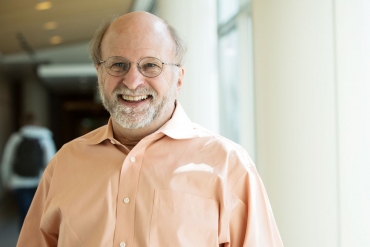
1. Ruth Greenblatt, $3,180,566
2. Kathleen Giacomini, $2,072,816
3. Shuvo Roy, $2,022,205
4. Thomas Ferrin, $1,327,653
5. Esteban Burchard, $1,277,129
All of life depends on the functions of proteins. Those functions are determined by the 3-D structure of those proteins, the intricate ways in which sequences of amino acids fold into working molecules.
Tom Ferrin, PhD, a professor of Pharmaceutical Chemistry, directs a technology research resource center devoted to understanding biological function by visualizing and analyzing the complex 3-D shapes and motions that molecules undergo as they interact with other 3-D molecules, such as DNA, RNA, other proteins and small molecules such as drugs.
“We are at an exciting time in science because many advances in experimental and computational techniques are generating data about the three-dimensional structures of molecules,” including X-ray crystallography, electron microscopy and hybrid modeling methods, says Ferrin. His Resource for Biocomputing, Visualization, and Informatics develops technology – software and advanced web-based resources – to make sense of the diverse types of data being generated.
An example of the kinds of stories that Ferrin’s visualization tools are telling is the motions that cells undergo as they migrate within the body, such as when a neutrophilic white blood cell migrates to the site of an infection or when cancer cells metastasize. Defects in the proteins that control cell mobility could lead to the inability of the body to fight off infection or the spread of cancer.
The tools Ferrin’s lab provides for free are invaluable for supporting other research. His UCSF Chimera, an interactive visualization system for exploratory research and analysis, has been downloaded by a half-million labs worldwide and cited in more than 9,000 publications to date.
Ferrin’s tools provide a range of insight into molecular function and can provide tools for translational medicine.
“In the Department of Pharmaceutical Chemistry, we are interested in developing new drugs that are very specific to the proteins they bind to,” he says. “The vision is that we will be able to carefully control a biochemical process such that a drug molecule doesn’t bind to other undesirable protein targets that typically cause unwanted side effects.”
School of Dentistry
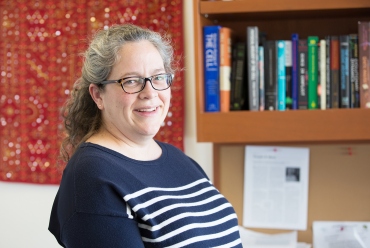
1. Sophie Dumont, $2,377,500
2. Jon Levine, $1,820,838
3. Ophir Klein, $1,204,696
4. Sarah Knox, $797,396
5. Daniel Fried, $782,188
When cells divide, they duplicate their chromosomes, then give both of the new cells a full set of chromosomes. If there is a mistake in this process, it can lead to drastic consequences, including miscarriage, birth defects and cancer.
How do the cells divvy up chromosomes in the right numbers to both new cells is the question about this basic biological process that fascinates Sophie Dumont, PhD, an assistant professor of Cell and Tissue Biology.
While nearly all the molecules involved in this process are known, the underlying mechanics of how it happens are not understood. Dumont’s lab studies how tiny cellular machines generate forces to power chromosome movement to opposite sides of the cell – and how they do so with such accuracy. This process is coordinated by molecular machines called the spindle and kinetochore: the spindle pulls on chromosomes, and the kinetochore links spindle fibers to chromosomes.
One project Dumont is working on is to develop tools to externally control mechanical forces exerted by the spindle on the kinetochore inside cells. The idea is to probe whether, and how, the kinetochore listens to mechanical signals to determine whether chromosomes are correctly attached to the spindle fibers that will carry them to opposite sides of a dividing cell.
“Finding out if, and how, kinectochores listen to mechanical signals is interesting to gain insight into how molecular-scale building blocks so robustly control the cellular-scale process of chromosome segregation,” says Dumont. “By understanding how such a basic process works, we might get surprising information on how to control it, and we might stumble on a new way of identifying a segregation problem or a new therapy.”
School of Nursing
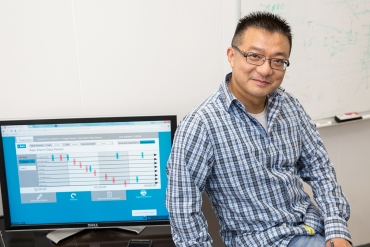
1. Christine Miaskowski, $2,189,009
2. Xiao Hu, $973,303
3. Kathryn Lee, $773,419
4. Barbara Drew, $596,497
5. Adam Carrico, $575,222
In intensive-care units, patient-monitoring alarms that are crucial to alerting clinicians to potentially life-threatening conditions also can sound when there isn’t an emergency, potentially leading to what is known as alarm fatigue.
Xiao Hu, PhD, wants to make those patient-monitoring alarms smarter and more personalized using data so there can be “super alarms” tailored for individual patients with input from their electronic health records (EHR). The goal is to create an alarm that clinicians won’t ignore.
The problem of alarm fatigue is widespread and well documented. A team of researchers at UCSF in 2014 published a study that logged more than 2.5 million patient alarms in one month at UCSF Medical Center. The constant alarms can lead to clinicians being desensitized to the noise and ignoring the alerts or silencing them.
Several years ago, Hu was introduced to the problem and got to know Barbara Drew, PhD, RN, FAAN, who was approaching the problem from the nursing side, working to understand the cause of alarm fatigue. Hu, who has a degree in biomedical engineering, started to think about how to tackle the problem from the engineering side, drawing on his prior work on an algorithm to predict intracranial pressure in patients with severe brain injuries.
His work now includes being part of a cross-disciplinary team that has been building an algorithm that will be able to more precisely monitor patients in the ICU. This new super alarm "integrates data from not only the patient monitors but also from EHR, and can identify predictive combinations of different elements from both systems,” Hu says. “You have to connect with the EHR system to really understand the context of any given patient.”
Such an algorithm would be a leap forward from current ICU patient monitors, which fundamentally have changed little in the last few decades. “In this project, we are going to pioneer a different way of doing things,” Hu says.
Centers & Institutes
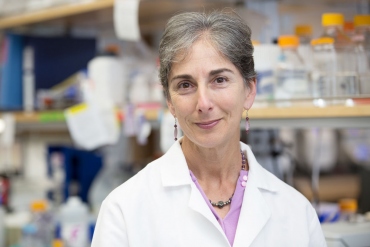
1. Clinical and Translational Science Institute (PI: Jennifer Grandis), $22,258,000
2. Helen Diller Family Comprehensive Cancer Center (PI: Alan Ashworth), $8,368,760
3. Autoimmunity Center of Excellence (PI: David Wofsy), $6,426,855
4. HARC Center: HIV Accessory and Regulatory Complexes (PI: Alan Frankel), $4,285,496
5. UCSF-GVI Center for AIDS Research (PI: Paul A. Volberding), $3,078,540
Improvements in patient and community health require the rapid translation of research from theory into clinical practice. Clinical research involves human subjects, from surveys on one end of the spectrum to administering an investigational new drug and monitoring for side effects at the other end. Translational medicine converts scientific discoveries into health improvement.
The Clinical & Translational Science Institute (CTSI), established in 2006, provides services and tools to clinical and translational investigators at UCSF and beyond.
One large component of CTSI is training for junior faculty and pre-professional students, residents and fellows that is focused on precision health, says Jennifer Grandis, MD, who joined UCSF last year to direct the institute. “It is a way to gather all the information about an individual – from genetics and many other sources – to understand that information in the context of what’s available in our clinical toolkit to guide therapy,” she says.
Beyond training resources, the CTSI supports research in a dazzling variety of ways, from digital health resources and expert consultation to providing partnerships and funding. They have strong connections with the other UC health campuses, enabling a California-wide health record database containing 14 million searchable records and knocking down walls between the campuses for enrollment in clinical studies.
“Our goal is to be able to quickly deliver the most cutting-edge hypothesis-driven treatments to our patients across California,” says Grandis.
One CTSI project aims to integrate information from thousands of multiple sclerosis (MS) patients and illustrates how research can sort out differences between individuals to guide therapy. The work resulted in a tool to help understand disease progression and choose optimal therapy based on individual prognostic MS biomarkers. The CTSI provided initial pilot funding and is currently assisting in rolling out the tool to patient clinics.
“As a practicing clinician before I came to UCSF, I had to rely solely on literature and instinct for treating the patients in front of me,” says Grandis. “By integrating many data points, we at the CTSI aim to guide clinical decision-making.”